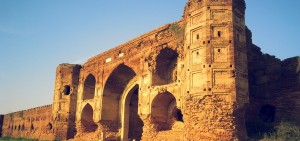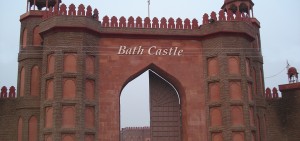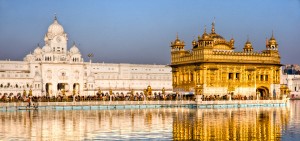The Punjab (Gurumukhi Punjabi: ਪੰਜਾਬ; Shahmukhi Punjabi: پنجاب; IPA: [pəɲdʒaːb]) is a populous and prosperous area of the Indian subcontinent.
The name comes from the Persian words panj (five) and āb (water), thus the (land of) five rivers. Four of them – Jhelum, Chenab, Ravi, and Sutlej – are tributaries of the mighty Indus and the fifth, the Beas, is a tributary of the Sutlej. The Indus River runs along the western edge of the area, in places forming the border between the Punjab and Khyber Pakhtunkhwa.
Punjab (Punjabi: ਪੰਜਾਬ Pañjāb) is a state in Northwestern India, bordering Himachal Pradesh and Jammu and Kashmir to the northeast and north respectively, and Chandigarh, Haryana and Rajasthan to the southeast, south and southwest respectively.
About Punjab




